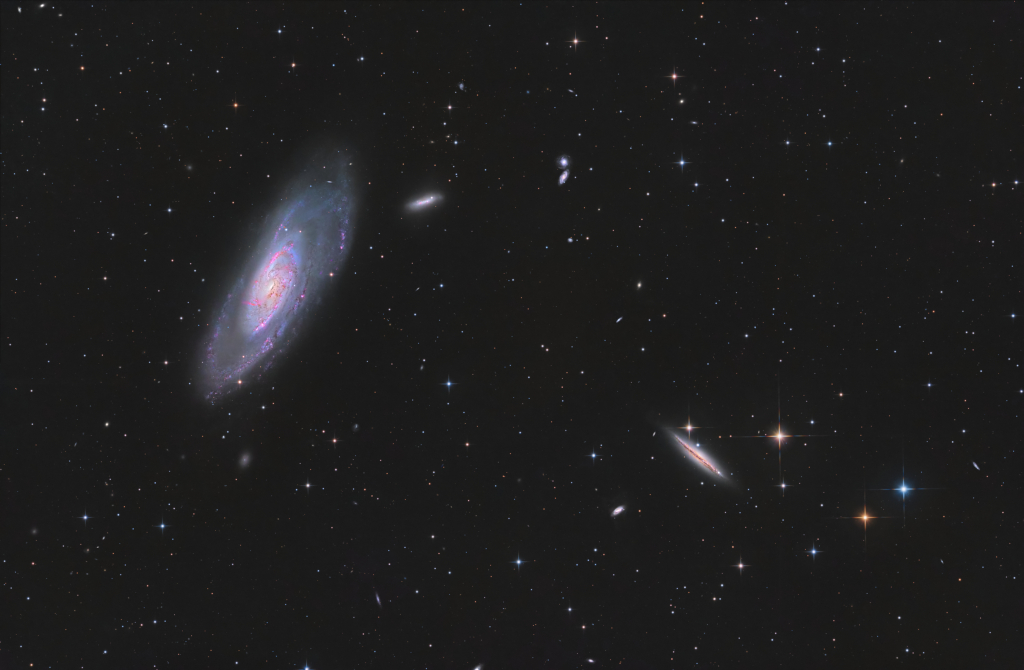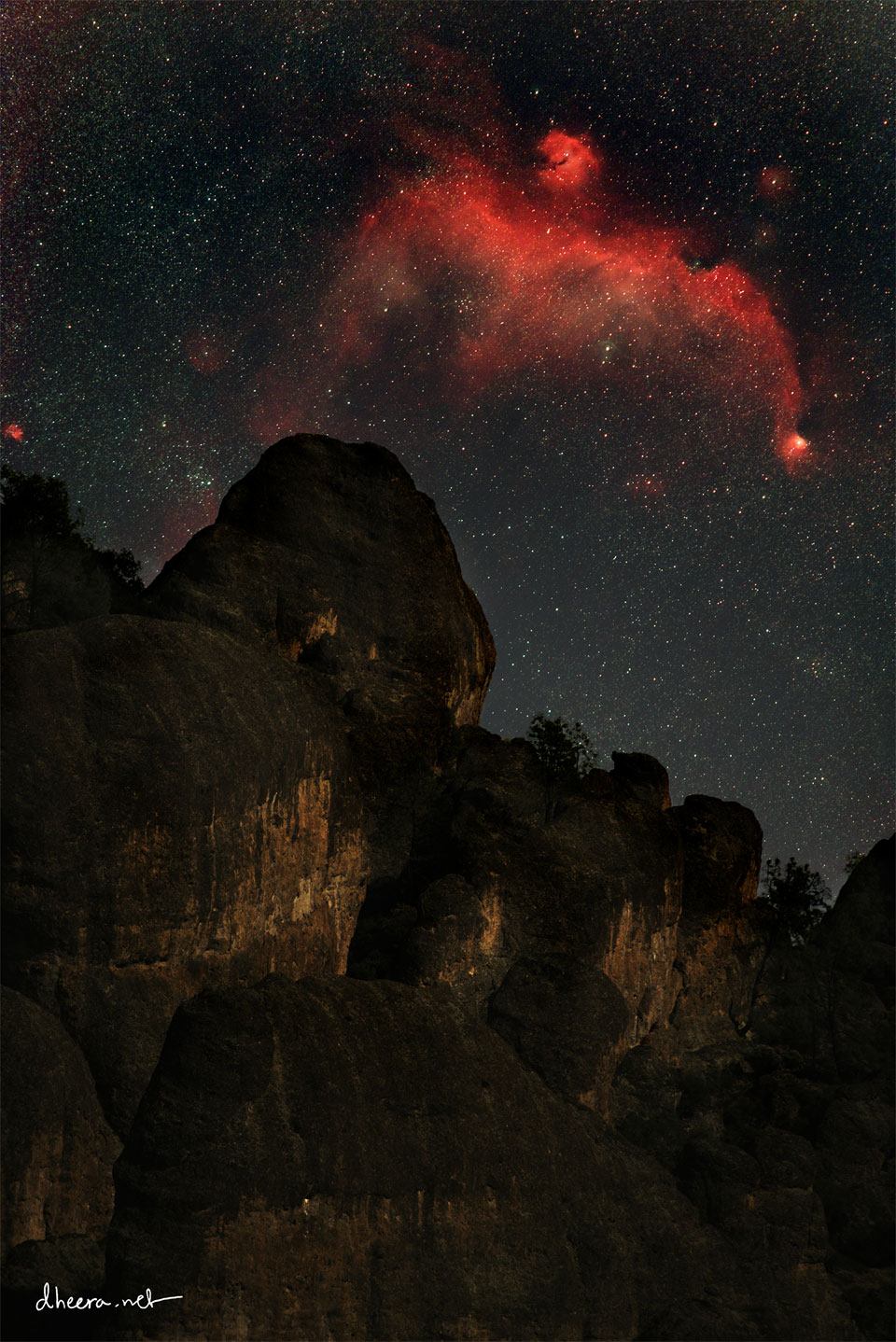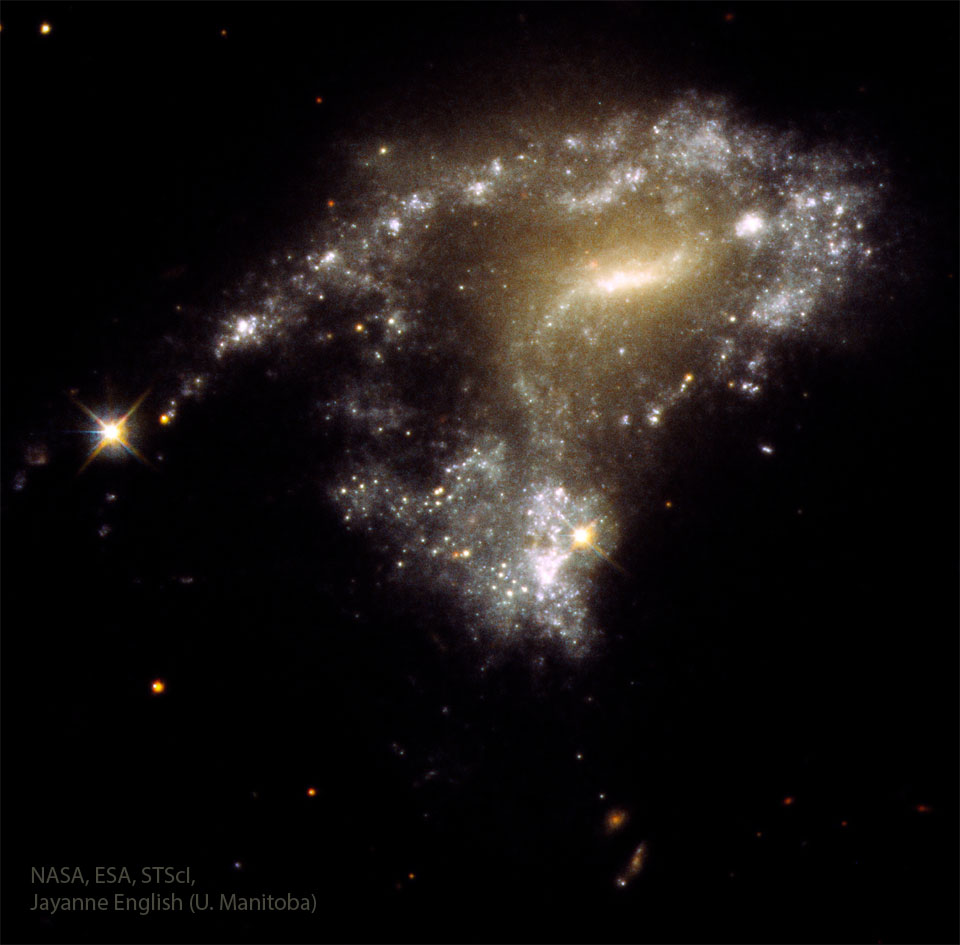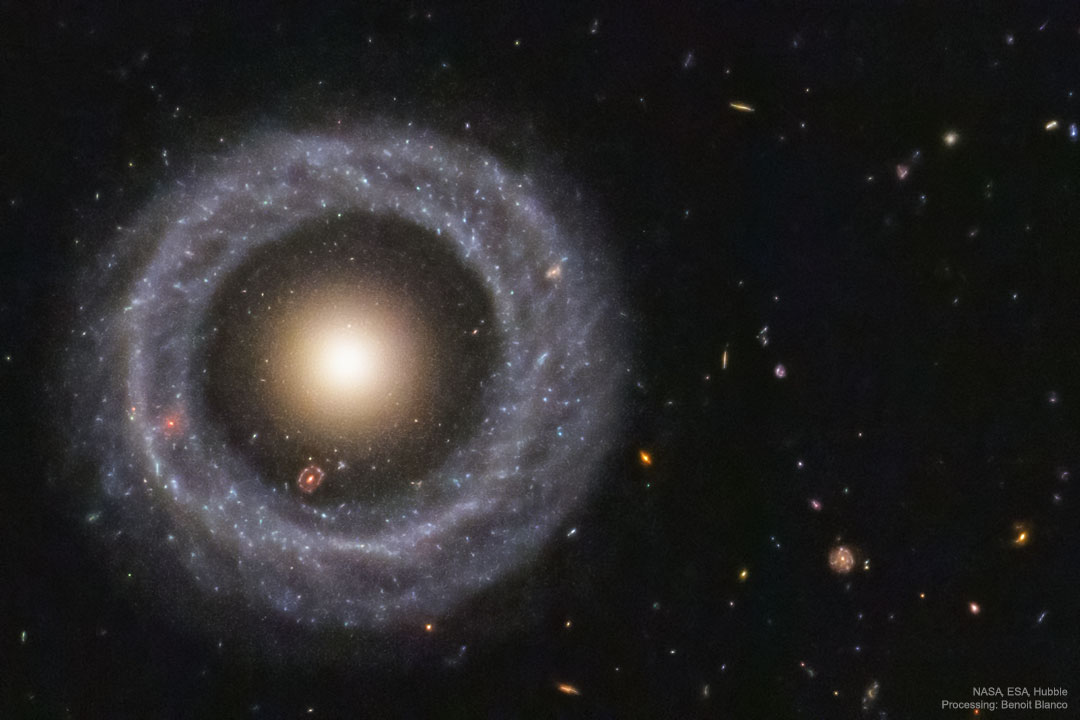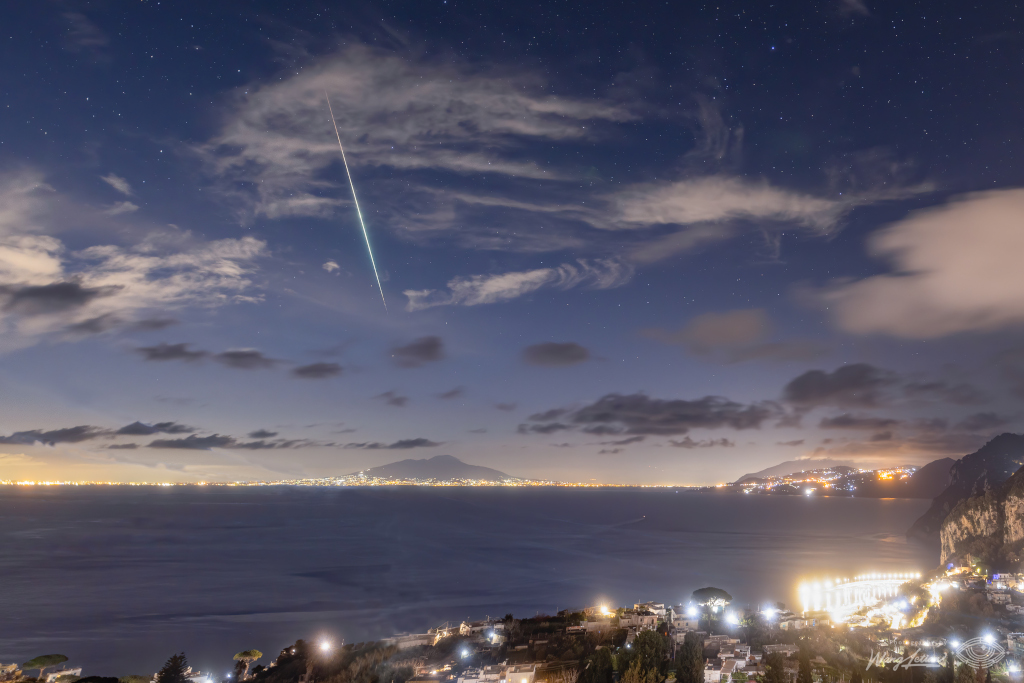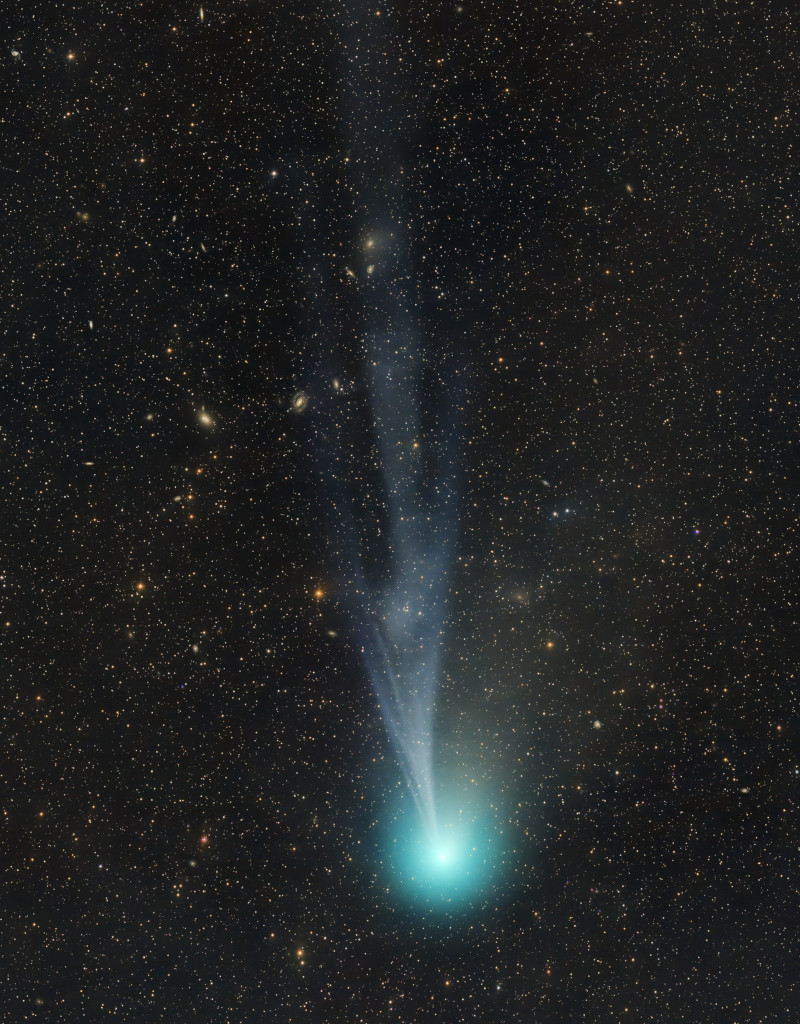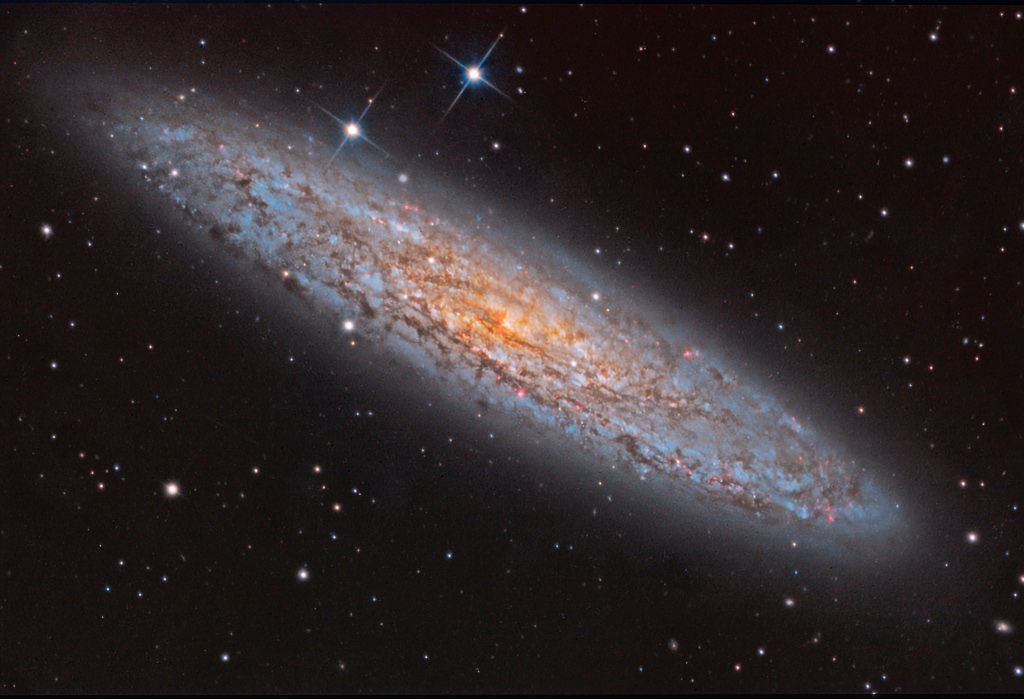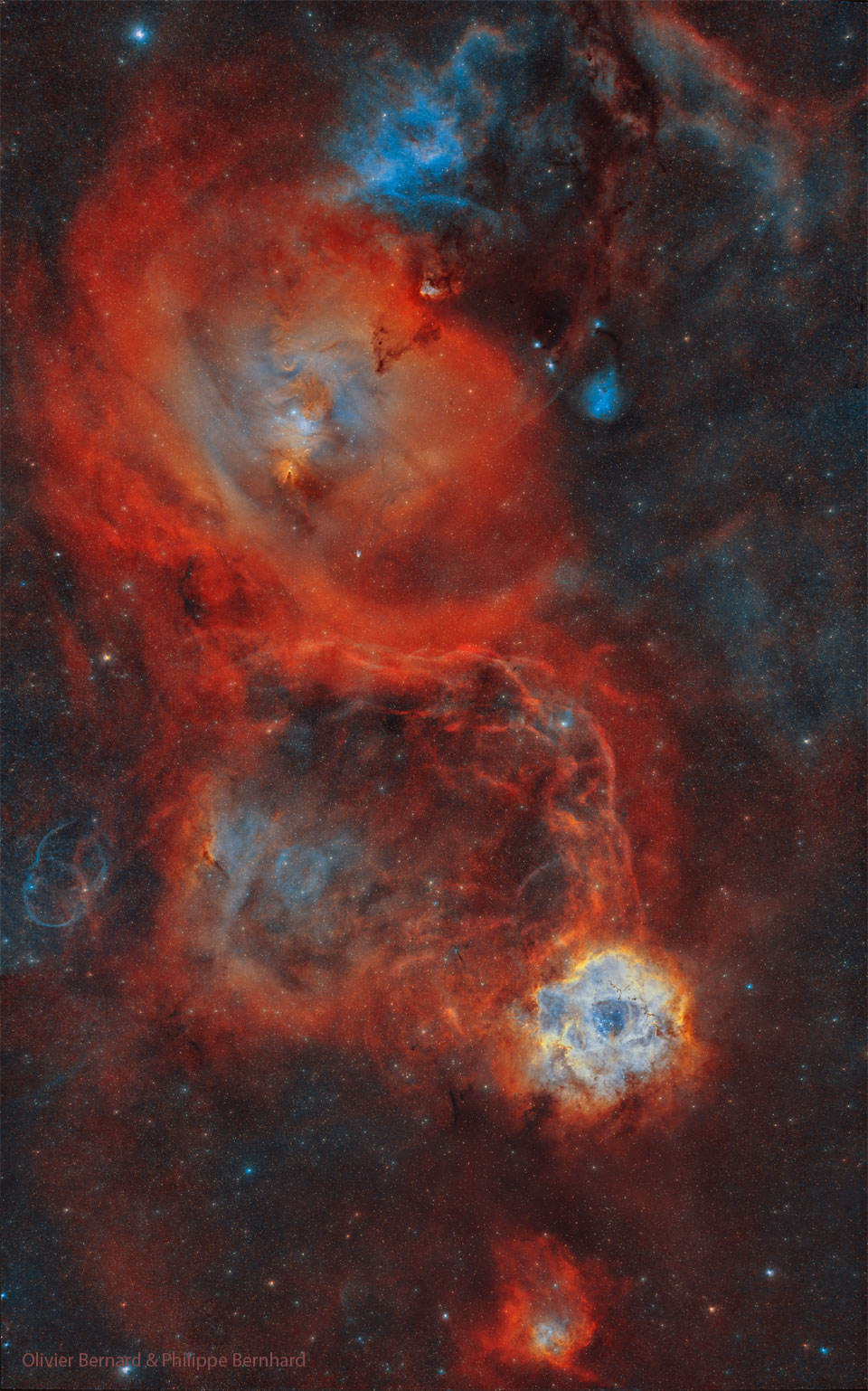안녕하세요, 잡학다식 입니다. 오늘은 과연 나사에서 어떤 방식으로 우주의 형상을 표현해 줄까요?
우선 이미지부터 볼 수 있도록 하겠습니다
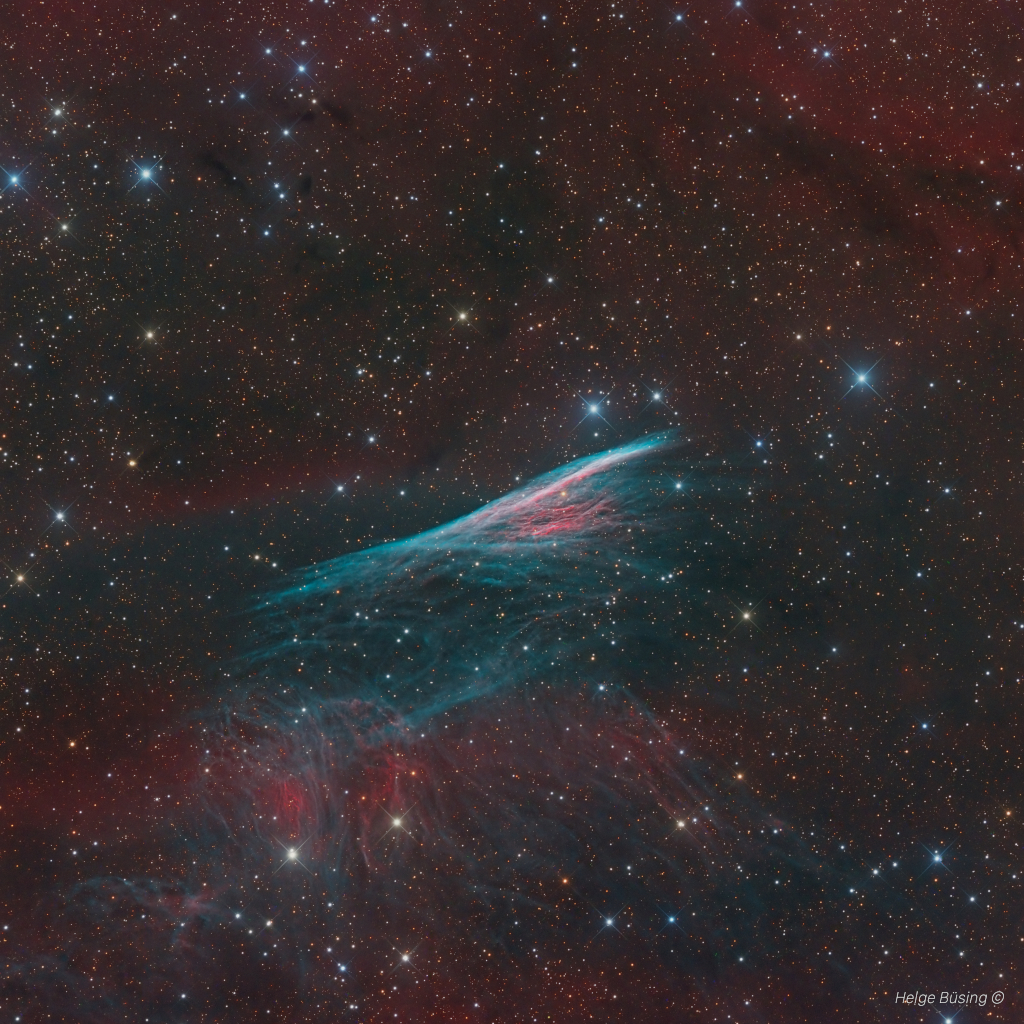
해당 사진의 이름은 The Pencil Nebula Supernova Shock Wave 인데요 우선 NASA에서 공식적으로 발표한 설명들을 확인해 보겠습니다
This supernova shock wave plows through interstellar space at over 500,000 kilometers per hour. Centered and moving upward in the sharply detailed color composite its thin, bright, braided filaments are actually long ripples in a cosmic sheet of glowing gas seen almost edge-on. Discovered in the 1840s by Sir John Herschel, the narrow-looking nebula is sometimes known as Herschel's Ray. Cataloged as NGC 2736, its pointed appearance suggests its modern popular name, the Pencil Nebula. The Pencil Nebula is about 800 light-years away. Nearly 5 light-years long it represents only a small part of the Vela supernova remnant though. The enormous Vela remnant itself is around 100 light-years in diameter, the expanding debris cloud of a star that was seen to explode about 11,000 years ago. Initially, the section of the shock wave seen as the Pencil nebula was moving at millions of kilometers per hour but has slowed considerably, sweeping up surrounding interstellar material.
이번에도 광활한 우주 앞에 인간이 얼마나 작은 존재인지 다시 한번 알게 되는것 같습니다
저는 내일도 더 좋은 사진과 함께 돌아오겠습니다, 그럼 행목한 하루 되시길 바랍니다
'과학상식' 카테고리의 다른 글
| NASA 나사의 오늘의 이미지들 (2024-02-25) (0) | 2024.02.26 |
|---|---|
| NASA 나사의 오늘의 이미지들 (2024-02-24) (0) | 2024.02.25 |
| NASA 나사의 오늘의 이미지들 (2024-02-22) (0) | 2024.02.23 |
| NASA 나사의 오늘의 이미지들 (2024-02-21) (0) | 2024.02.22 |
| NASA 나사의 오늘의 이미지들 (2024-02-20) (0) | 2024.02.21 |
